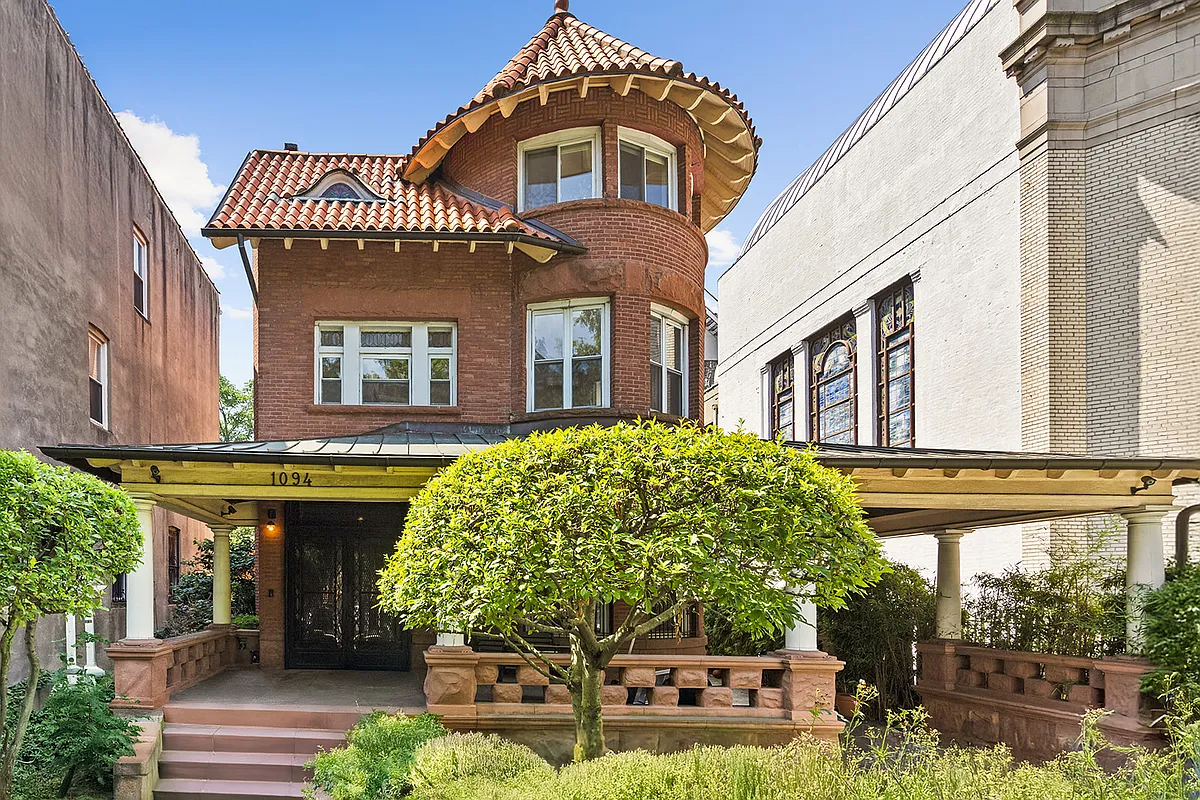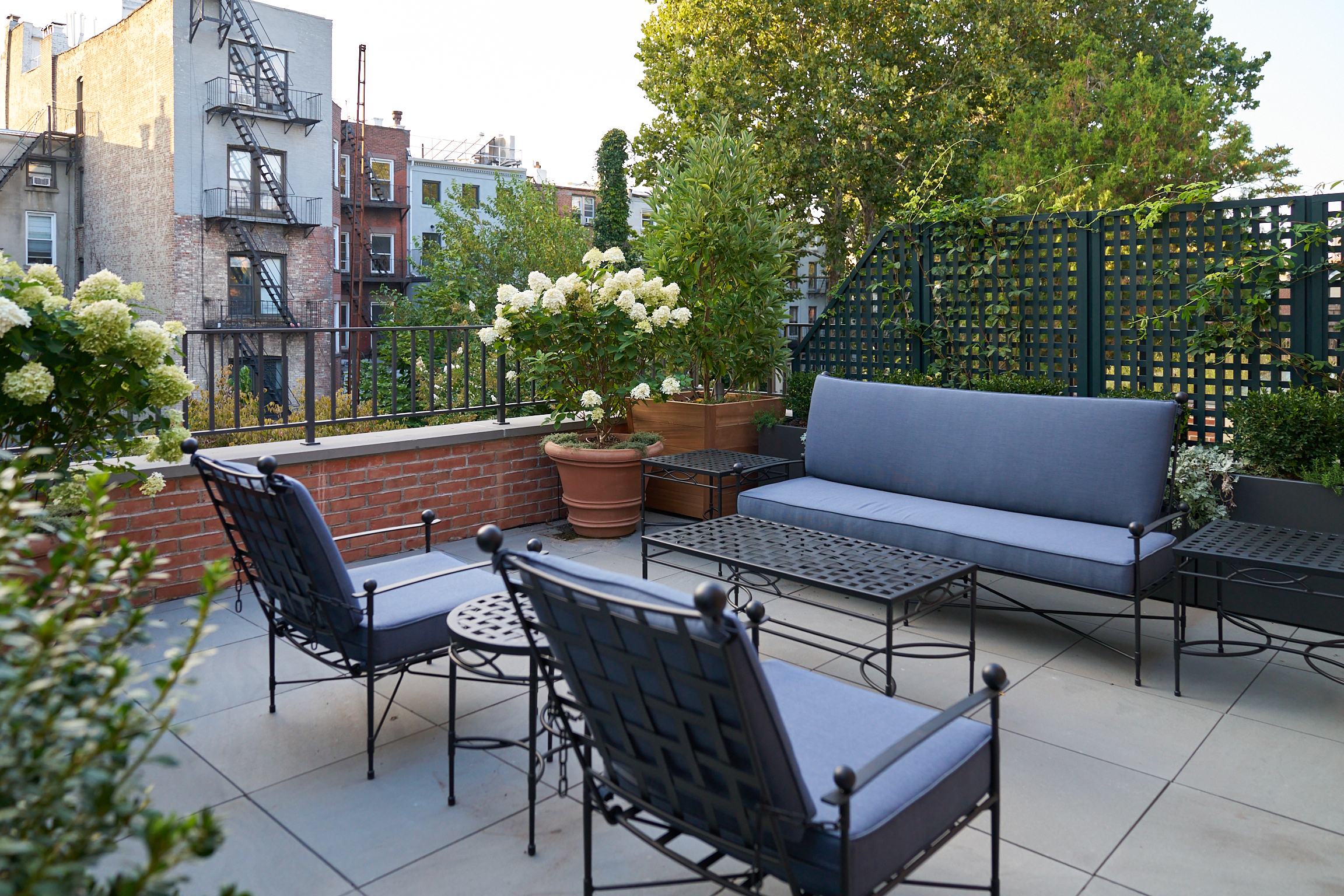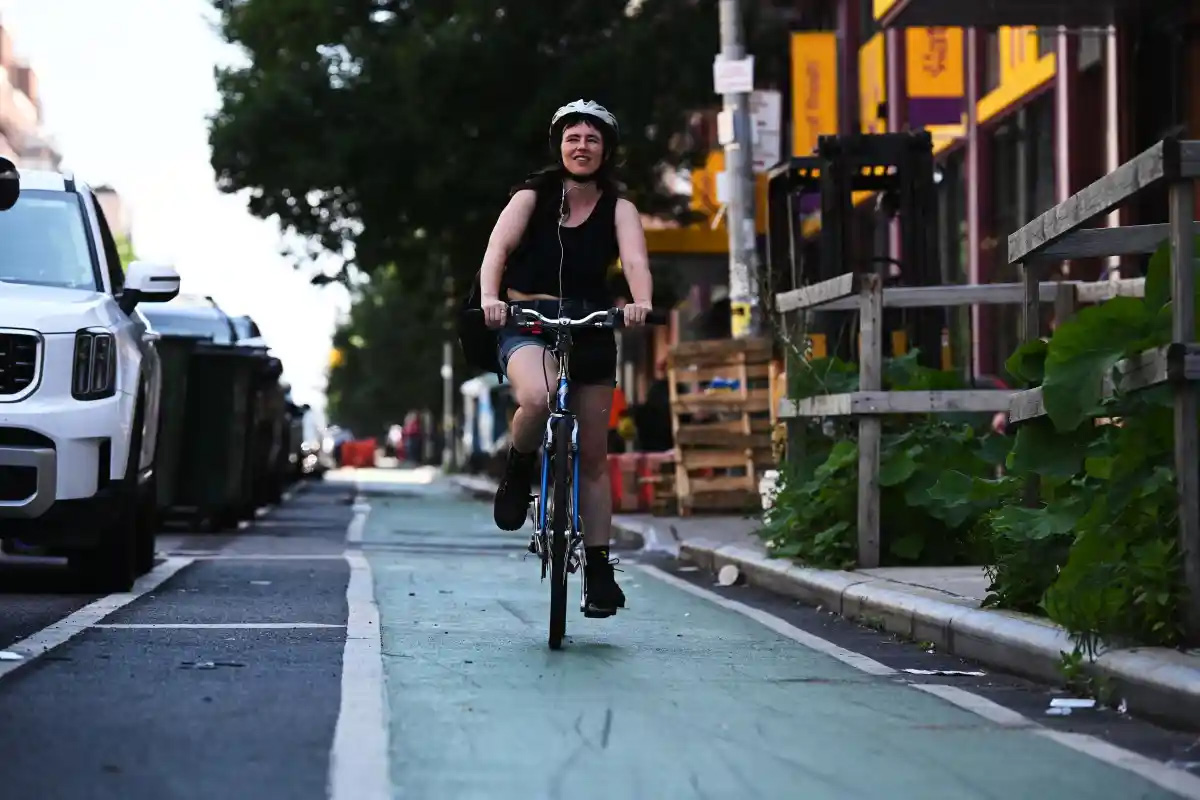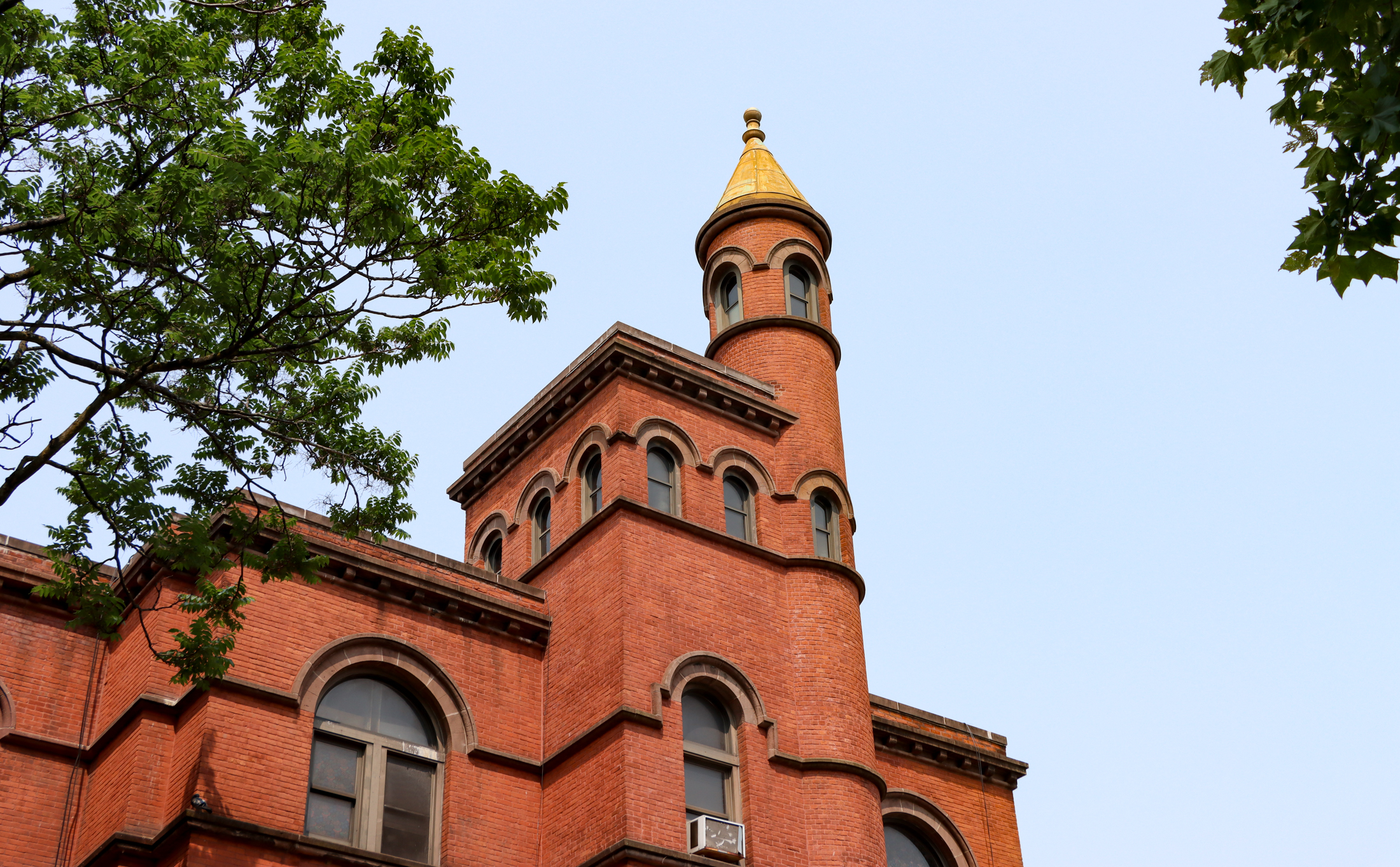The Luxury of the Garage
The bar for “luxury real estate” continually rises in New York these days—wine cellars, heated pools or screening rooms are increasingly par for the course. But perhaps the most coveted amenity continues to be the parking garage, says the New York Times. Their recent tally of listings in Manhattan and Brooklyn with garages included a…


The bar for “luxury real estate” continually rises in New York these days—wine cellars, heated pools or screening rooms are increasingly par for the course. But perhaps the most coveted amenity continues to be the parking garage, says the New York Times. Their recent tally of listings in Manhattan and Brooklyn with garages included a dozen from $1.195 million, for a Crown Heights brownstone, to $18.75 million for a Greenwich Village carriage house. A garage, according to Jonathan Miller, chief executive of Miller Samuel Inc., can easily add five percent to a house’s asking price, and sometimes as much as 25 percent. One Bedford-Stuyvesant resident moved into a Crown Heights four-bedroom brownstone with a garage, which he’s now selling for $1.195 million — apparently having all that storage space for rakes and such resulted in an insatiable desire for the suburban life. The article comes on the heels of a Transportation Alternatives study called “Suburbanizing the City,” which critiques the Bloomberg administration’s policy of requiring developers to build off-street parking with new buildings, which, they say, will add 170,000 new cars on city streets by 2030. Might make the buildings more desirable and valuable, but, according to TA, garages and off-street parking could add 431,000 tons of CO2 per year by 2030.
The Ultimate Luxury: A Garage [NY Times]
Suburbanizing the City (PDF) [TA]





You need permits from both DOT and DOB.
While originating with DOB and upon further review of section 3, “Before beginning work, you must also obtain a permit from the Department of Transportation. A DOT permit allows you to alter the existing curb and sidewalk”. It becomes a Police issue after becoming legal and you would like to get someone towed.
As made evident by the URL that Steve posted above, this is Department of Buildings issue, not the police or transportation departments.
Bxgrl: it’s permanent. There’s no renewable fee.
Here’s a PDF on the topic:
http://www.nyc.gov/html/dob/downloads/pdf/curbcuts.pdf
One time, not sure about the recurring property tax inplications if any exist. But consider that one curb today generally takes more than one vehicle off the street, especially with the new condo developments. Larger developments are required to supply off street parking, otherwise there would be less space than there is today if that is possible.
I know they’re legal. The point was that if someone has a curb cut for a garage and the garage isn’t being used as a garage, or even can’t be used as a garage (I’ve seen rec room conversions of garages), then he shouldn’t be allowed to have a curb cut. A curb cut is intended to enable legal off-street parking, not to give a homeowner reserved curb side parking in front of his home. What DOT should do is switch the classification from permit to revocable consent based on customary use.
My garage is at least 65 years old and all zoning-compliant driveways were grandfathered in this neighborhood years ago. I made sure it was a legal before I bought the place.
I’m just asking why a private homeowner get a chunk of the public street strictly for their own use? does the DOT get a one time fee for the permit or a fee that has to be renewed every year?
Fees? They are called: Hire an architect and obtain a DOT permit assuming they apporve it. Nothing is free. Once issued, it’s legal regardless if they use the garage for “an attic” or not. Those that are illegal do not need to be respected. Of course, the patrolman on the beat doesn’t have this insight when the owner complains and will probably issue a vehicle blocking it a summons anyway and then you have to fight it by pointing out the illegality. Having a tax photo doesn’t necessairly define it’s current status is legal either, just that is has been there for a long time. Don’t assume the previous owners ever filed for a permit. Legal curb cuts are registerd with DOT.
fees for curb cuts?
Wow, this is a tough crowd.